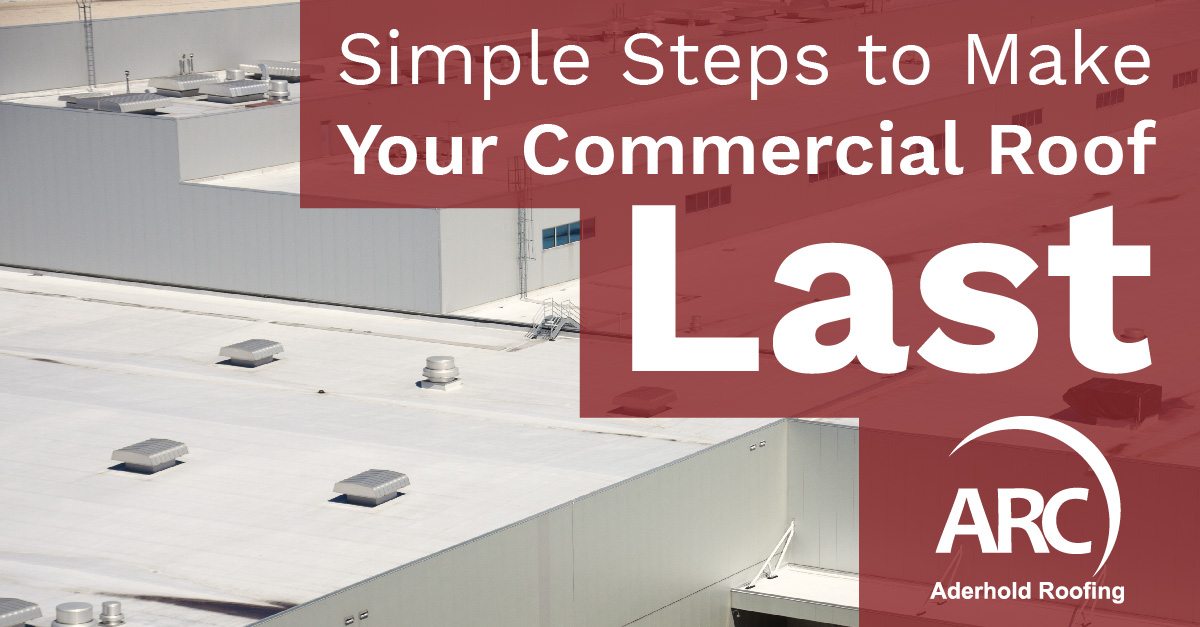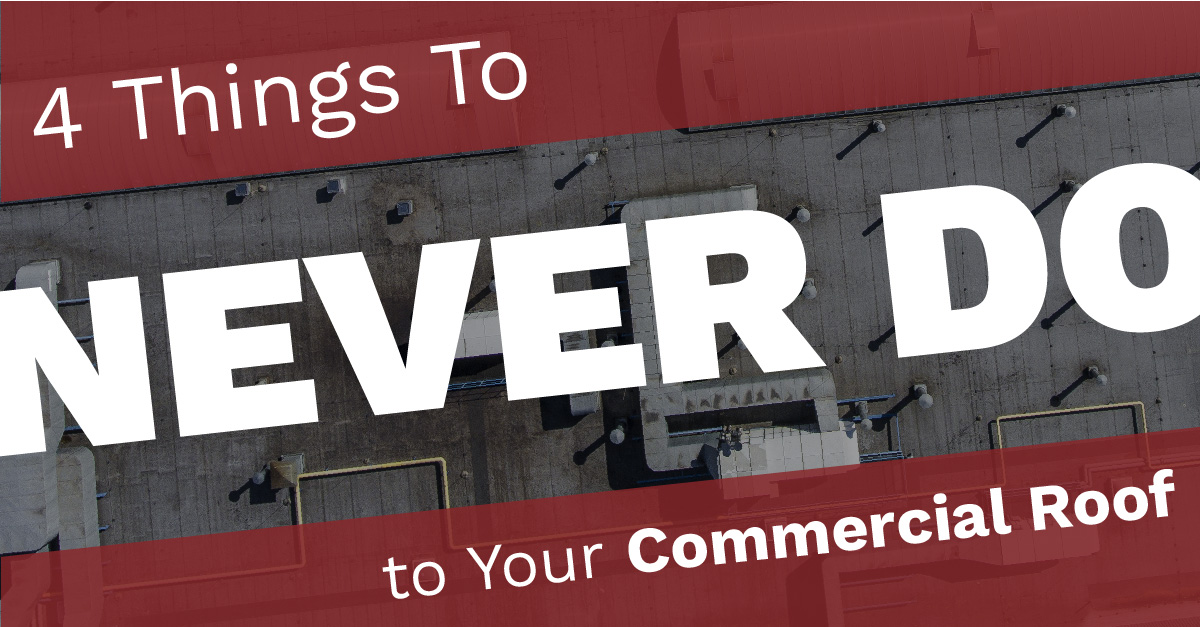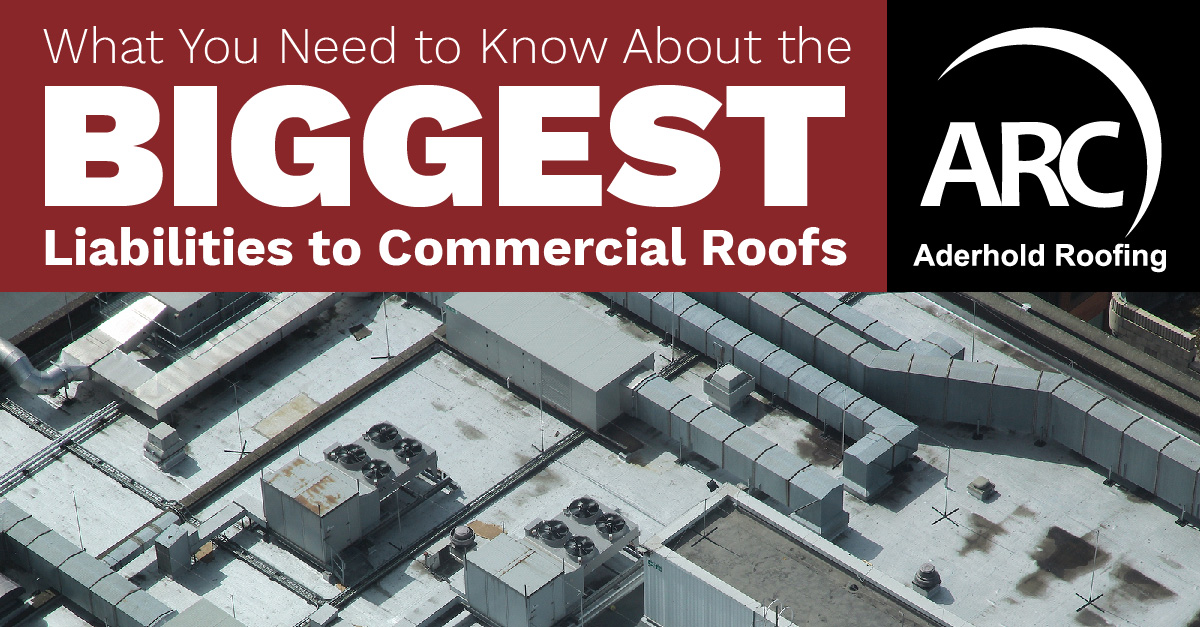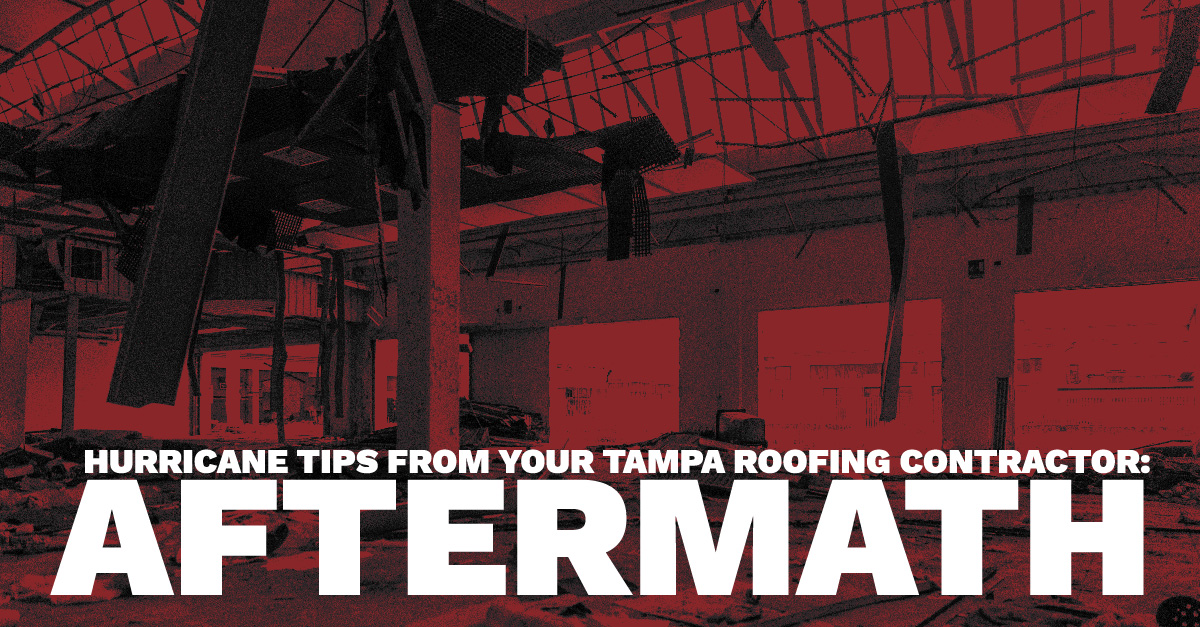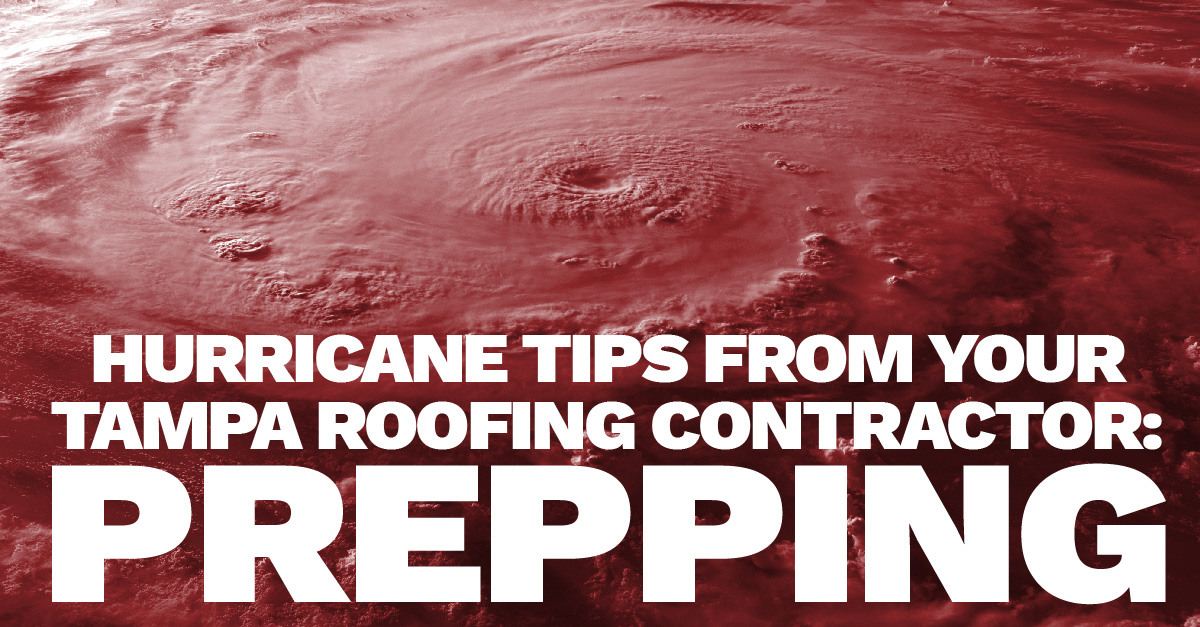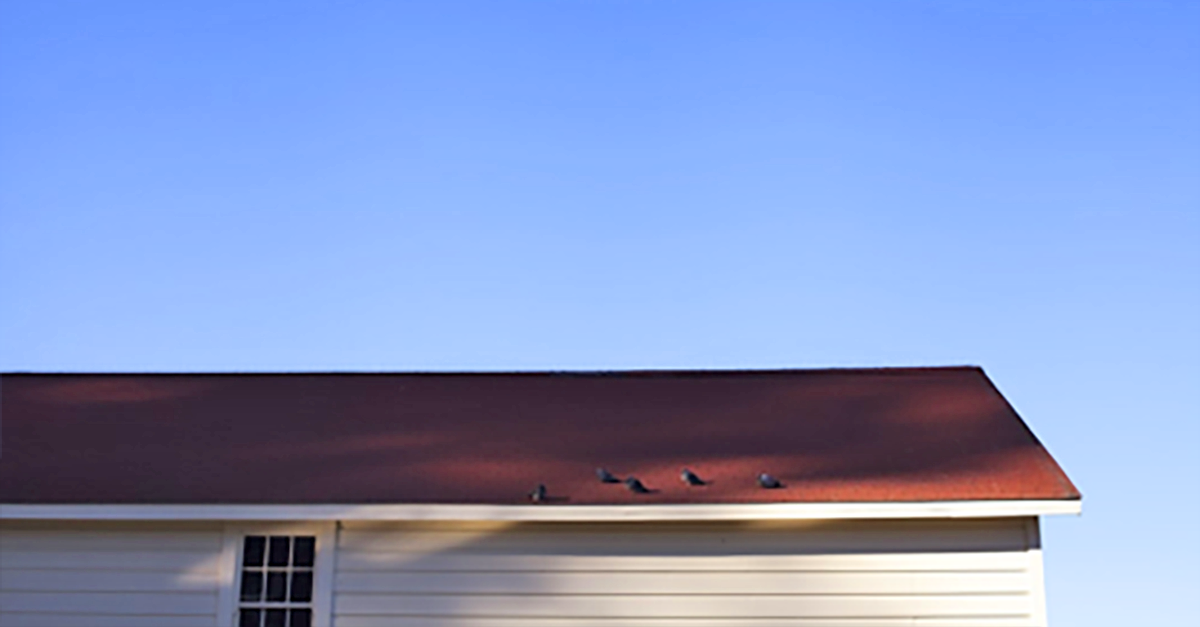Commercial roofing products are constantly improving, and by those incremental improvements, lasting longer. Your commercial roofer may have installed a built-up roof a decade ago and just replaced it with with a single-ply membrane; that membrane could last 20 or more years. Helping your commercial roofing to last, no matter the material, is a goal not only of your facilities crew but of your commercial roofer.
For Every Roof
Every low-slope commercial roof can benefit from these life-extending ideas:
- Minimize foot traffic
- Maintain a rigorous schedule of frequent inspections and repairs, working with your commercial roofer to arrange annual or semi-annual maintenance
- Removing debris and water promptly after Tampa’s (infamous) thunderstorms and hurricanes
Single Ply
Single ply membrane is tough stuff. In Tampa’s heat, humidity, and strong sun, it holds up well despite all that Mother Nature throws at it. Still, a facilities manager can extend the life of any single-ply product with a few judicious steps:
- Keep your roof clean
- Keep drains and scuppers clear to avoid water ponding — Ponded water acts as a prism, increasing UV light’s damaging effects
- Ensure open seams are re-sealed the same way your commercial roofer originally installed them — This can mean either chemical adhesive or heat, but the work should match for integrity
BUR
With built-up roofing (BUR), roofing felts start to lose their volatile chemicals from Day One. The goal of your commercial roofer with BUR is to minimize the sun’s effects, says National Roofing Contractors Association (NRCA) researcher R. L. Bonafont. The roof needs to be considered as an integrated whole, despite the movement inherent in the layers. Bonafont recommends:
- Increasing the overall thickness of the membrane by adding layers National Roofing Contractors Association (NRCA) researcher R. L. Bonafont. The roof needs to be considered as an integrated whole, despite the movement inherent in the layers. Bonafont recommends:
- Reducing shear movement by ensuring high penetration of the bitumen
- Increasing the use of polyester reinforcing layers to increase traction
Roof Replacement
Should repair and life-extension be insufficient, consider roof replacement. We strongly recommend thermoplastic polyolefin (TPO) membranes as economical, long-lasting replacements for Tampa roofs. TPO can be mechanically fastened, fully adhered or ballasted. It enjoys much stronger seam strength than EPDM and it has none of the plasticizers used in PVC membrane, making it a green choice. A good TPO roof, well installed by an expert commercial roofer, can last 15 to 20 years at a lower cost than typical PVC membrane.
For expert advice on extending your commercial roof’s life, please contact the professionals of Aderhold Roofing today.

